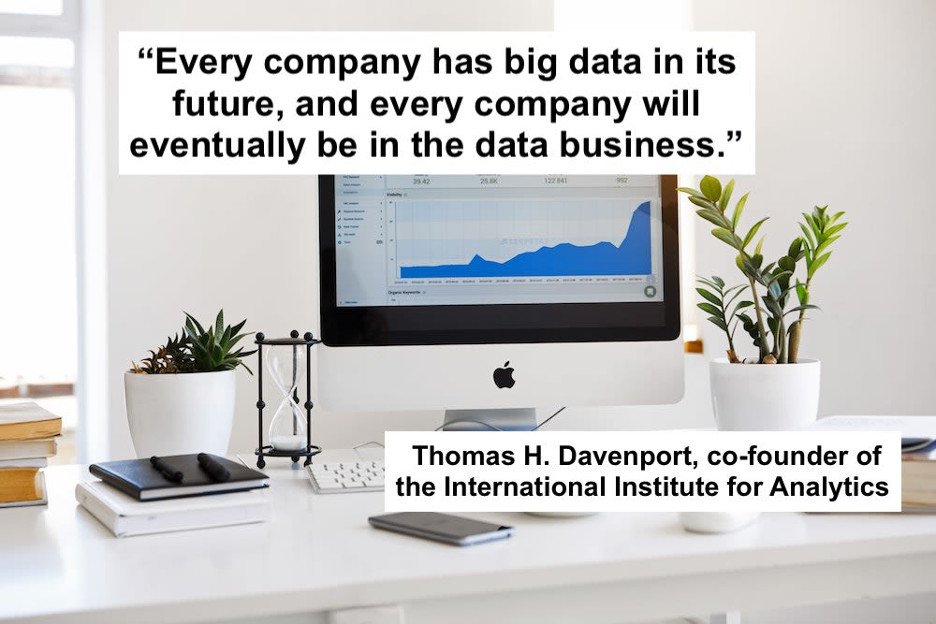Picture taken from https://www.quotemaster.org/business+intelligence
BI (Business intelligence) is now a fundamental part of doing business operations. It involves storing data and presenting it in a meaningful form using the different BI tools available in the market. Data is the lifeblood of any business that is useful in determining the current situation of the business. Data may be available from different sources and may be present in different formats. All these data may have some significance in presenting the overall scenario of where your business stands and how is it managing. The task of Business intelligence is to bring together all these different data and present them in a format that is understandable to the management.
“The goal is to turn data into information, and information into insight.” – Carly Fiorina, former executive, president, and chair of Hewlett-Packard Co.
The first task of assembling the data from different data silos is done effectively by the DBMS system. This software would pick raw data from different sources and store them in one compatible format by identifying relationships between data fields. Some popular DBMS systems are Oracle, Sql Server and DB2. They not only store and organise data but also allows a variety of operations to be performed on the data. It maintains data security and integrity and helps to keep data alive and well, ready to be used by business analysts.
Once the data sources are combined they can go through a process called ETL (Extract, Transform, Load). This is done to unify data and put them together like pieces of a puzzle. As data fits together in this process it forms a structure that may be then used to perform data analytics and understand the company trends or the market status of the business. These data insights would help the management understand and answer important questions as to how the business is doing? Which products are performing better? Which products are required in what parts of the country and so on and so forth.
Besides answering these questions, the data insights would also help the management to take important decisions and set new goals for their business. These decisions may be short term regarding the way the currently the business is working or it may be long term determining how the business would grow and what expansions might be required in a few years’ time. All this informed decision making is only possible because of the data engineering performed on the business data using the Business intelligence tools.
In all this scenario there is an important role of the reporting tools that may pick up data from the databases or maybe multiple sources and present it in a meaningful form for the management to understand and take decisions. Basic reports are available within the Database software but they are limited and not very in-depth analysis can be performed relying only on those reports. A solution to this can be an open source reporting tool that can be added as an extension. One such reporting tool is the dotnet report builder. It is easily integrated into the database software already being used by the company and gives the users option to create customizable reports at run time.
There are many Business Intelligence software that work together with the Database software and provide great business data analytics for a company. These off the shelf softwares help the management view and understand data to bring context to their business, understand the company trend and grow their business to achieve their goals.
Author
Amna Adnan
A computer science graduate having a diverse career in the field of IT and Education. I am associated with dotnetreport.com and also a blogger for business and IT. I am passionate about my field and like to blog about new technology and pen down information on different topics.



